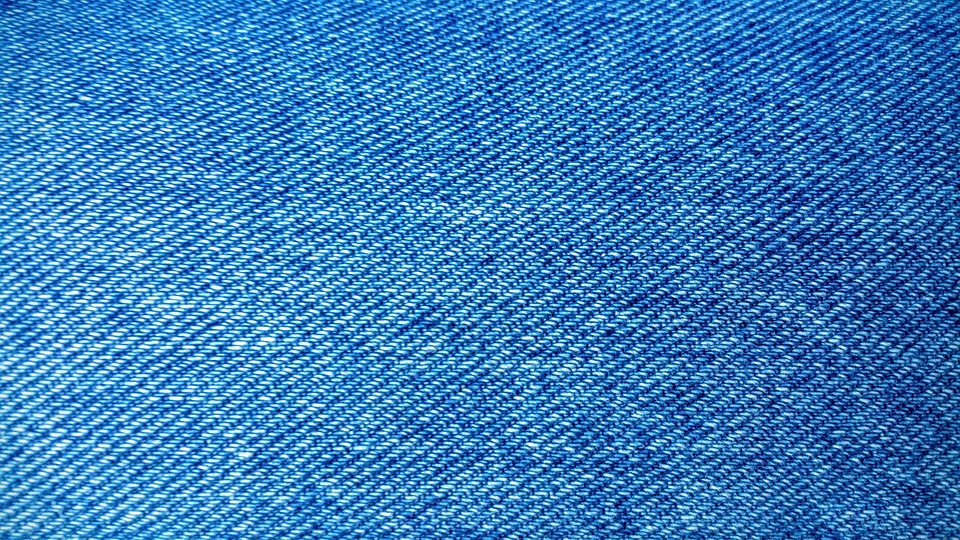The Art of Creating Eye-Catching Graphic Design Posters
Have you ever walked by a poster that caught your eye, made you stop, and take another look? That’s the power of an eye-catching graphic design poster. A great poster can be a powerful visual communication tool, conveying a message or promoting a cause in just seconds. But how do you create a poster that stands out from the crowd? Let’s explore the art of creating eye-catching graphic design posters.
H1: The Importance of Eye-Catching Posters
All too often, posters are simply viewed as a functional tool for conveying information. But a great poster should be much more than that – it should be a work of art that captures attention and sparks curiosity. A well-designed poster can even become a collectible item, with people wanting to display it in their homes or offices.
H2: The Elements of an Eye-Catching Poster
To create an eye-catching poster, you need to consider several critical elements. These include the message, the image or graphics, the typography, and the color scheme. Each of these elements needs to work together in harmony to create a cohesive and visually striking poster.
H3: The Message
The message is the heart of any poster. Before you start designing, you must consider what it is that you want to convey. This message should be simple, concise, and powerful. It should capture the essence of what you want to say and be conveyed in as few words as possible.
H3: The Image or Graphics
The graphics of a poster are what makes it visually striking. An image should be appealing, aesthetically pleasing, and fit with the message of the poster. Graphics can be created from scratch or sourced from stock images, but should always be high resolution to ensure that they look their best when printed.
H3: Typography
Typography is the art of arranging text in a visually appealing way. The typography of a poster should be easy to read, but also aesthetically pleasing. Consider using bold typefaces or different fonts to create contrast and visual interest.
H3: Color Scheme
The color scheme of a poster is an essential aspect of its design. Colors not only create contrast and visual interest but also can convey emotions and feelings. For example, red can be associated with energy and passion, while blue can convey calmness and serenity.
H2: Designing Your Poster
Once you have a clear message and have considered the critical elements, you can start designing your poster. The design process should be iterative, with multiple drafts and refinements to get it just right.
H3: Sketching Out Ideas
Before jumping into design software, it’s helpful to sketch out ideas on paper first. Doing this helps you to visualize the design and quickly iterate on different concepts. This can also help avoid wasting time on a design that just doesn’t work.
H3: Choosing the Right Software
There are many design software options available, from Adobe Creative Suite to free options like Canva. Choosing the right software depends on your design experience and budget. However, regardless of which tool you use, make sure you use best practices for designing a print-ready file.
H3: Planning for Print
Designing for print requires a different set of considerations than designing for the web. You need to ensure that the file is high resolution, has the correct bleed and margin settings, and is saved in the appropriate file format.
H2: Making Your Poster Pop
Once your design is complete, there are a few extra steps you can take to make your poster pop.
H3: Embellishments
Consider adding embellishments like varnish, foil, or embossing to your poster. These enhancements can make a poster feel more tactile and luxurious, making it stand out from other posters.
H3: Presentation
How you present your poster can make all the difference. Instead of simply hanging up a poster on a bulletin board, consider framing it or having it professionally mounted to make it look more sophisticated.
H2: Conclusion
Creating an eye-catching graphic design poster requires a combination of talent, technique, and attention to detail – but it’s well worth the effort. By following the critical elements of poster design and using the right tools and materials, you can make your poster stand out and grab attention.
FAQs:
Q1: Can I use copyrighted images in my poster design?
A: It’s essential to use images that are either royalty-free, public domain, or have been licensed for commercial use to avoid copyright infringement.
Q2: What file format should I save my design in?
A: It’s best to save your design in a print-ready format, such as a high-resolution PDF, to ensure that the final product looks its best.
Q3: How do I choose the right colors for my poster?
A: Consider the message you want to convey as well as the audience you’re targeting. Colors can convey emotions or feelings, and it’s essential to choose them carefully to create the desired effect.
Q4: How can I promote my poster after it’s been created?
A: Participate in art shows, poster contests, use social media, or collaborate with local businesses, to get your poster seen and start generating buzz.
Q5: How can I make my poster more environmentally friendly?
A: Consider using recycled paper or environmentally responsible inks to reduce your poster’s environmental impact.






